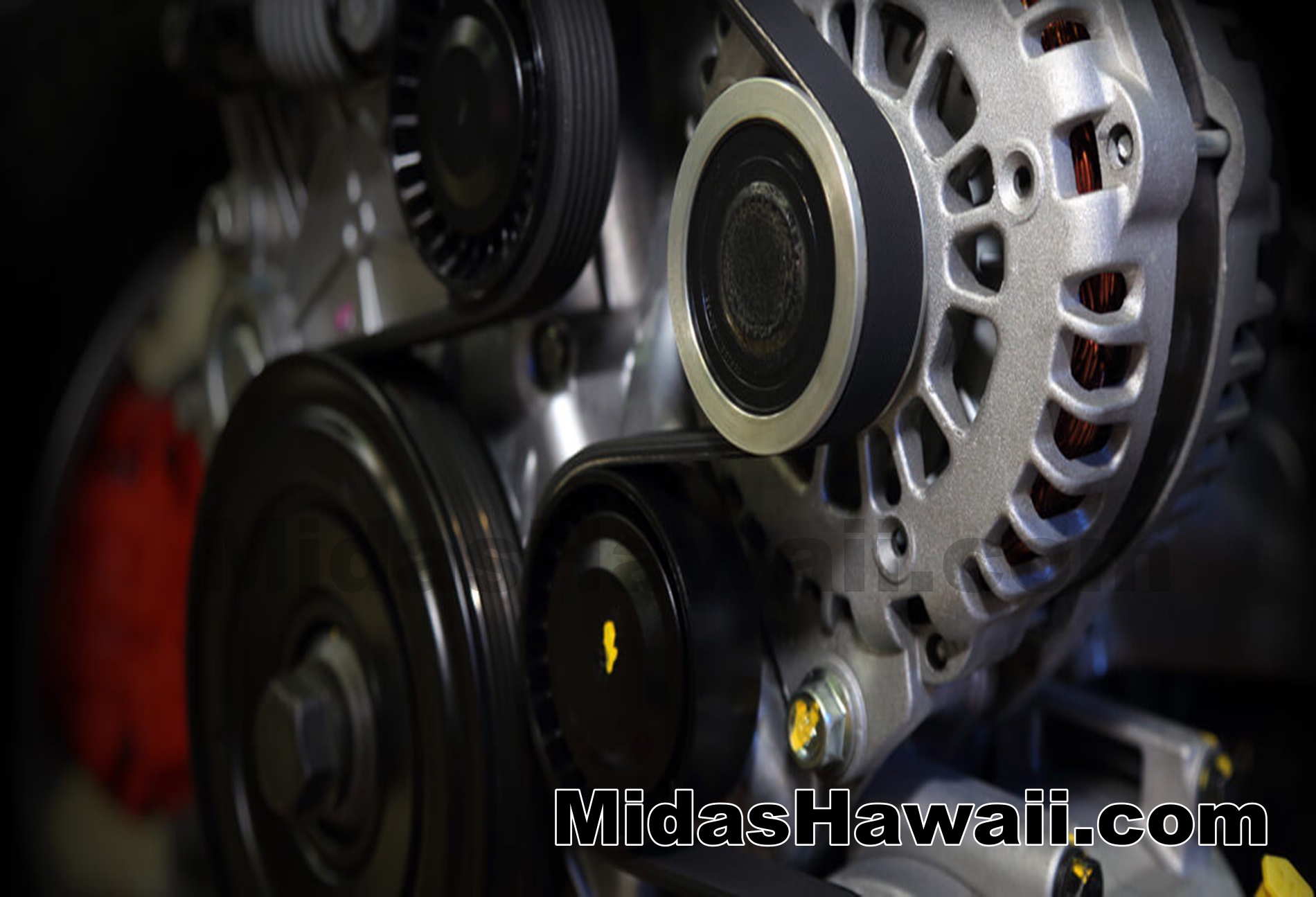Timing Belt Replacement
- Tweet
Back to the top
FAQ LEGEND
Back to the top
Timing Belt Replacement Questions
A. A timing belt or timing chain is the part that fits in a specific spot against your engine and synchronizes the movement of your engine's crankshaft and camshaft, to ensure that the valves and pistons on the top and bottom halves of your engine are opening and closing in the proper rhythm. A timing belt is a toothed version common in older vehicles, while a timing chain is more common in modern vehicles.
A. Here are some signs your timing belt or timing chain needs service:
- Ticking or rattling sounds from the engine: Your timing belt is fitting too loosely.
- Engine misfires: Your engine's cylinders are firing out of sync.
- Visible signs of belt wear: Your timing belt is fraying or its teeth are worn.
- Metal shavings found in engine oil: Your timing belt is weakening, losing metal.
- Engine won't start: Your timing belt may already be broken.
A. A bad timing belt may produce a ticking, rattling sound from the engine as the belt develops a looser fit against the engine. You may also hear your engine misfiring (backfiring) as one of more cylinders stays open, out of sync with the other cylinders. Request an appointment for a belt inspection as soon as possible if you hear any of these engine sounds. Fix that belt before it breaks -- and stalls your vehicle.
A. If your timing belt breaks while driving, your engine will stop working. We encourage preventive maintenance to avoid that.
A. It depends on what type of engine you have: interference, or non-interference. An interference engine can easily be ruined by a broken timing belt. The valves (on the camshaft) and pistons (on the crankshaft) take turns occupying the same space, so the timing belt keeps them apart. Without a timing belt, the engine stops turning, but not all at once. The lighter camshaft stops first, leaving some valves open. The heavier crankshaft takes longer to stop, pushing the pistons against the open valves on the camshaft. The valves take the brunt of the damage, but surrounding parts can sustain additional damage.
In a non-interference engine, the valves and pistons occupy different spaces, so they're unlikely to sustain damage from a broken timing belt. A new timing belt should get the engine operational again.
But remember, even if you have a non-interference engine, you should still follow your vehicle's recommended timing belt replacement cycle. A timing belt failure may not put you at risk for major engine damage -- but it will still cause your vehicle to stall and strand you on the road.
A. A typical timing belt replacement interval is five years or 60,000 miles, whichever comes first. Your vehicle owner's manual should tell your how often to replace your timing belt.
A timing chain (common in newer vehicles) should last the entire life of your engine.
ref no:34704
Please send questions about this website to webmaster
Terms of Use / Legal Disclaimer / Privacy Statement
Site Designed and Managed by MacBusiness Consulting

